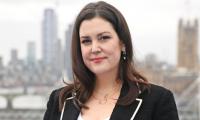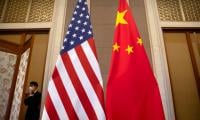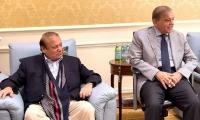for nearly two years, sending the dollar sharply higher and sparking capital outflows from weaker economies.
In its policy statement, the FOMC highlighted factors that had caused the stall: job gains moderated, business fixed investment and household spending slowed, and exports declined.
But it also noted a strength that could underpin a rebound. “Households´ real incomes rose strongly, partly reflecting earlier declines in energy prices, and consumer sentiment remains high,” it said.
The Fed said its decision on rates was still tied to seeing “further improvement” in the labor market and gaining confidence that inflation will pick up over the medium term toward the FOMC´s 2.0 percent target
FOMC members still expect both indicators to improve, but were not willing to put a timeframe on it.
Economist Paul Edelstein at IHS Global insight said in a client note that policymakers “fully understand that while much of the first-quarter slowdown was weather-related, economic growth and inflation still face ongoing headwinds.”
Those include the strong dollar, low oil prices, slow growth internationally, and US households continuing to fortify their finances rather than spend.
Workers conduct quality checks before packing t-shirts at a textile factory of Texport Industries in Hindupur town in...
This representational image shows the TikTok logo with the shadow of the US flag. — AFP/FileKARACHI: TikTok has...
A view of the K-Electric head office in Karachi. — K-Electric website/FileKARACHI: KE announced on Thursday the...
Members of a US delegation call on Pakistan Prime Minister Shehbaz Sharif in Islamabad on April 9, 2025. —...
UK Finance Minister Rachel Reeves. — AFP/File LONDON: Britain’s economy grew far more than expected in February,...
This representational image shows flame on the stove. — Unsplash/FileARACHI: Sui Northern Gas Pipelines Limited has...







